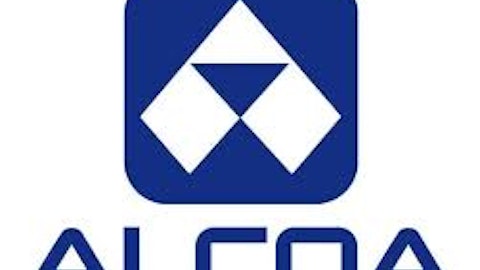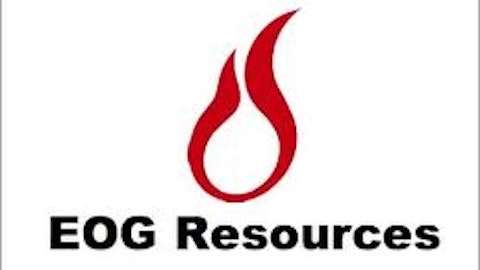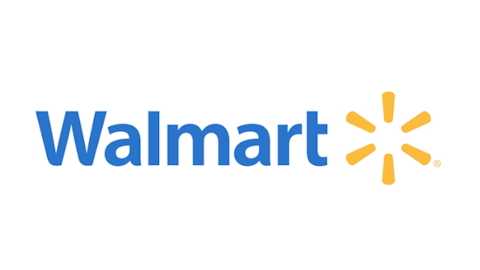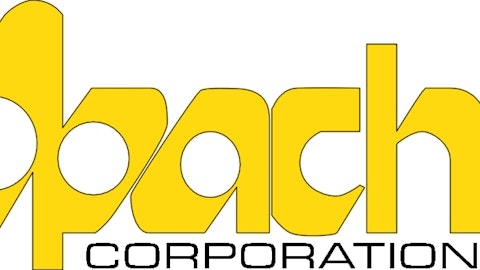When you go out to a restaurant, would you rather read through a menu with limited options or one with exponential potential to send you into a food coma? Perhaps you have more self-control than I do, but I’m sure you would rather see a creative menu with a good selection nonetheless. Chances are you may even pay a little extra for top-quality dishes that use the finest ingredients. If you agree, then you may want to stop into a relatively new restaurant in town with sky-high potential.
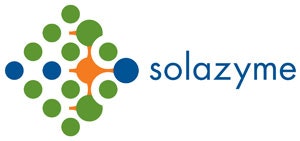
While I still want investors and potential investors to acknowledge the risks before they consider the rewards, there is a solid case to be made for Solazyme’s long-term potential. Here are the top three reasons to make space in your portfolio for this sugar daddy.
1. Partnerships aplenty
Solazyme has an impressive track record of selling the capabilities of its platform to larger players in the fuels, chemicals, and nutritionals industries. Investors will want to weigh some partnerships more heavily than others when making a decision, but collaborations inked by the company are one way to vet the potential of its technology. Not to mention, the deals make the company less risky than if it were to go it alone.
The company has upstream partnerships with Bunge Ltd (NYSE:BG) in Brazil, Archer Daniels Midland Company (NYSE:ADM) in the United States, Roquette in Europe, and Mitsui in Japan, as well as downstream refiners such as Chevron Corporation (NYSE:CVX) and UOP Honeywell for fuels. Solazyme has yet to wrestle aside deals in which it receives the bulk of the revenue, but that won’t be an issue for investors as long it is classified as a developmental stage company.
Partnerships with industry leaders can make or break the early goings for any high-risk company. Consider what happened when Archer Daniels Midland ditched Metabolix, or when Codexis, Inc. (NASDAQ:CDXS) got the cold shoulder from Shell. Neither company has yet to recover from its respective setback. If Codexis doesn’t find a major new biofuel partner for its cellulase enzymes this year, it could be out of the market for considerably longer.
2. Sustainable alternative to palm oil
The United States Department of Agriculture estimates that the global production of palm oil reached more than 53 million metric tons in 2012. The problem with the tremendous growth is that although sourced naturally, palm oil isn’t very sustainable. Vast rainforests have been cleared throughout the world to make room from palm plantations.
Solazyme realizes that it won’t be taking a stab at any sizable part of the palm oil market anytime soon, but it doesn’t have to. Global companies ranging from (previous development programs with Solazyme) to have sustainability goals in place for their products and have been increasingly criticized for using palm-sourced products. Once Solazyme ratchets up production in the next several years, the world’s most image-conscious companies will have a sustainable alternative to palm — although they may have to fight over the limited quantities available.
The great majority of Solazyme’s planned manufacturing capacity is penciled in for low-margin fuels for non-binding off-take agreements with Qantas, United Airlines, and Ecopetrol. Bulk jet fuel sold today would only garner around $1,300 per metric ton — and that’s after accounting for the expected market premiums for the company.
However, the platform has the potential to produce higher value-added products such as nutritional oils, cosmetic oils, and oleochemicals, which are precursors to a wide-range of products. Given the limited quantities available for nutritional and cosmetic oils, the company — and investors — should be focused on the oleochemical industry and replacing palm oil. The recently announced research collaboration with Mitsui was a good start, but $20 million is nothing to a company that made $2.65 billion in profit in the past nine months.
3. Solid management
While companies in the space such as Amyris Inc (NASDAQ:AMRS), Codexis, and LS9 were busy shuffling management teams, Solazyme was busy inking deals and attracting top talent. A lack of turmoil creates stability, which can have an additive effect over long periods of time — something inherent to the industry.
Solazyme’s stability at the helm is due in large part to the retention of founders Jonathan Wolfson and Harrison Dillon. The management team has been able to find the right balance between grooming the founders and bringing in world-class experience to surround them — something that many companies never figure out. Although Wolfson’s trust got a little sell-happy earlier last year, who am I to argue that the entrepreneur didn’t earn it with the blood, sweat, and tears poured into the company over the past decade? The good news for investors is that the co-founders aren’t going anywhere anytime soon.
Foolish bottom line
The potential for Solazyme is amazing — and it is just beginning to scratch the surface. Consider that the company’s currently planned capacity of 550,000 metric tons of oil will require about 11 million metric tons of sugar. That represents a drop in the bucket compared with the 165 million metric tons of sugar produced annually, which doesn’t account for the suffocating amount of cellulosic sugar that could be produced each year. Nonetheless, be sure to acknowledge the risks that come with Solazyme.
The article 3 Reasons to Buy Solazyme originally appeared on Fool.com and is written by Maxx Chatsko.
Fool contributor Maxx Chatsko owns shares of Codexis. The Motley Fool owns shares of Solazyme. Check out his personal portfolio or follow him on Twitter, @BlacknGoldFool, to keep up with his writing on energy, bioprocessing, and emerging technologies.The Motley Fool recommends Chevron, H.J. Heinz, and Unilever (NYSE:UL) and owns shares of Solazyme.
Copyright © 1995 – 2013 The Motley Fool, LLC. All rights reserved. The Motley Fool has a disclosure policy.

